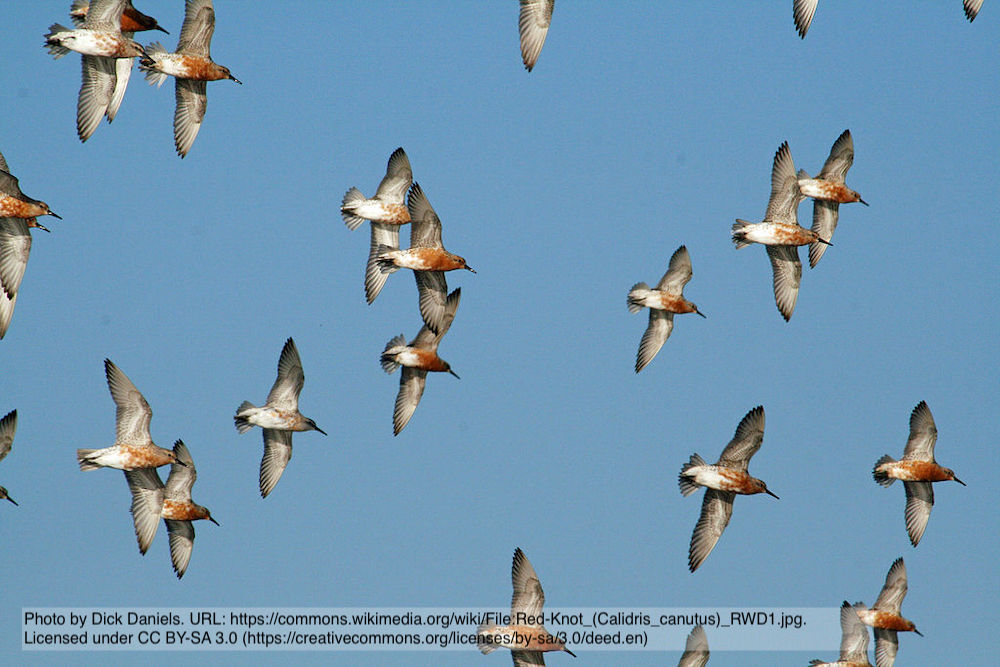Vindarnas mönster och deras förutsägbarhet för vadare och gäss på vårflyttning från Västafrika och Vadehavet till Sibirien
DOI:
https://doi.org/10.34080/os.v2.21614Nyckelord:
Charadriiformes, Anseriformes, flyttning, vadare, gåsAbstract
We have analysed published wind data from the period 1979–1991 to evaluate to what extent migrating waders and geese might benefit from tailwind assistance when flying at altitudes ranging from ground level up to 5.5 km from West Africa (Banc d’Arguin, Mauritania) to the Wadden Sea (Netherlands, Germany and Denmark) in late April and early May, and from the Wadden Sea to Taymyr Peninsula (central Siberia) in late May and early June. Between West Africa and the Wadden Sea it is usually advantageous to fly high, with an average tailwind of 15 km/h (mean of yearly averages) for those birds flying along the optimal height track. There were large differences between years though, with 36 km/h tailwind (1983) and 2 km/h headwind (1991) as extreme values. The best altitudes for migration were higher along the northwest African coast than over Europe. There was no evidence for consistent seasonal changes in wind favourability, but “bad” years were consistently bad over the whole season. Between the Wadden Sea and the Taymyr Peninsula wind conditions were better still than for the Banc d’Arguin-to-Wadden Sea journey (long term average for flights along optimal height track is 21 km/h tailwind), with the favourable winds found at intermediate altitudes (1.5–3 km). The wind conditions were less variable between years along the Wadden Sea–Taymyr route. We discuss both the limitations of the current analyses and the scope for future work.
Nedladdningar

Downloads
Publicerad
Referera så här
Nummer
Sektion
Licens
Författaren/författarna innehar copyright för varje enskilt bidrag, men samtliga bidrag är publicerade under en Creative Commons-licens, så att vem som helst kan dela och återanvända bidraget förutsatt att copyright-innehavaren erkänns.







